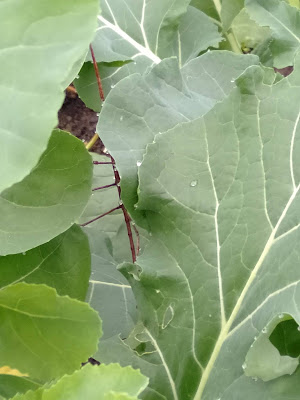The Dromedary, or Arabian Camel, inhabits the Middle East
and makes up 94% of the world’s camels. A camel can live for 40 to 50 years and
stands 1.85 metres tall at the shoulder and 2.15 metres tall at the hump. It can
run up to 65 km/h in short bursts or up to 40 km/h at sustained speed. The
camel has long been domesticated and provides milk and meat, and fibre from
hair. It is a vital means of transport in the desert.
Interesting Facts
·
The hump of the camel is a reservoir for fatty
tissue which helps it to survive in hot climates.
·
It need only drink once every 10 days, even in
very hot conditions. When it exhales water vapour is trapped in its nostrils
and then reabsorbed into its body, enabling it to conserve water.
·
It is able to withstand changes in body
temperature that would kill most other animals. At sunrise it temperature is 34 C
and this steadily increases to 40°C by sunset, before it cools off at night.
·
Camel racing is the main racing sport in the
United Arab Emirates.
According to Wikipedia, ‘around 700,000 dromedary camels are
now feral in Australia, descended from those introduced as a method of
transport in the 19th and early 20th centuries. This population is growing
about 8% per year. Representatives of the Australian government have culled
more than 100,000 of the animals in part because the camels use too much of the
limited resources needed by sheep farmers.’
The national bird of the United Arab Emirates (UAE), the
falcon is a ‘symbol of force and courage’. It plays an important role in Arab
tradition and culture with one-third of the world’s falconers being Arabs.
The falcon is a fast flying hunter that easily takes prey in
the air. Adult falcons have thin, tapered wings enabling them to fly at high
speed and quickly change direction. The peregrine has been clocked at 290 km/h
in a stoop, or dive. And although the falcon strikes its prey with its sharp
claws, it generally kills with its beak.
The falcon, like many birds of prey, has exceptional vision
with one species measured at 2.6 times that of the average human. The largest
falcon is 65cm long, the shortest is 25cm long and the females are bigger than
the males. Falcons are distributed across the world, except in Antarctica.
Interesting Facts
·
The falcon is by far the leading ‘pet’ in the
UAE.
·
The world’s first falcon hospital opened in Abu
Dhabi in 1989.
·
The traditional term for a male falcon is tercel
(from the Latin tertius meaning ‘third’) because it is believed that only one
in three eggs produce a male bird.
The medusae has been in existence for at least 500 million
years and was renamed jellyfish in 1796. It is a mainly free-swimming marine
animal with a near transparent body, umbrella-shaped bells and trailing
tentacles armed with stinging cells used to defend against predators and
capture prey. Most species grow quickly and mature within a few months but die
soon after breeding.
The jellyfish looks peaceful as it glides gracefully through
the water, but at times it will form vast swarms and can be responsible for
damaging fishing nets or clogging cooling systems of power and desalination
plants. It moves through the water by radially expanding and contracting its
body to push water behind it.
The jellyfish is generally carnivorous and feeds on plankton, crustaceans, small fish, fish eggs and larvae, and other jellyfish. It ingests its food and the waste is repelled from its mouth.
The jellyfish is generally carnivorous and feeds on plankton, crustaceans, small fish, fish eggs and larvae, and other jellyfish. It ingests its food and the waste is repelled from its mouth.
Considered a delicacy in some Asian countries, the jellyfish
is eaten by humans in other cultures too. It is used in research where the
green fluorescent protein produced by some species has been adapted as a
fluorescent marker for genes inserted into other cells or organisms.
Interesting Facts
· There are some jellyfish that are not mobile and are in fact anchored to the seabed by stalks.
· It is the most energy efficient swimmer of all animals.
· It is causing problems all over the Middle East due to its growing numbers.
· There are some jellyfish that are not mobile and are in fact anchored to the seabed by stalks.
· It is the most energy efficient swimmer of all animals.
· It is causing problems all over the Middle East due to its growing numbers.









